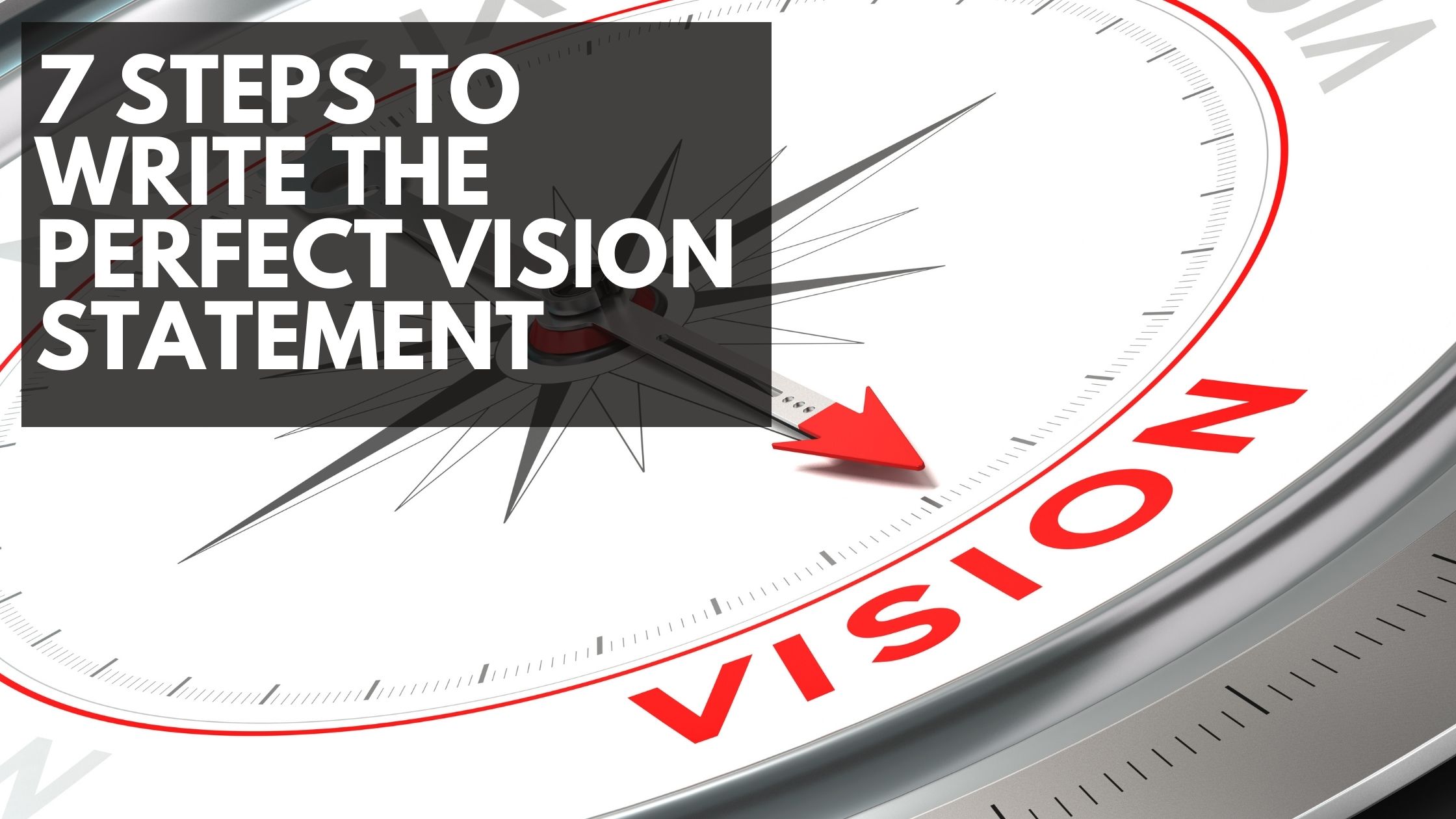vision statement-So your firm has a mission statement, but you’ve recently learned about a different type of company statement: vision statements. If your company’s mission statement is its North Star, its vision statement is its compass. As a result, your team has a clear understanding of where you’re headed (mission) and how you’re getting there (vision).
Your vision statement should complement and relate to your mission statement in order to assist your team in strategically deciding which long-term goals will help you achieve your mission. A vision statement, on the other hand, needs time and concentration. This tutorial will explain how a vision statement differs from a mission statement, how to write one, and provide examples of renowned vision statement .
TYPES OF BUSINESS CONSULTANTS
What exactly is a vision statement?

A vision statement serves as your company’s guiding beacon, indicating where you intend to go in the future. Your vision statement clarifies the underlying “why” and “how” of your mission statement, allowing you to achieve your overall corporate goal.
Let’s get started: excellent practises for creating a vision statement.
Keep in mind that the process of developing a vision statement may take some time—fine it’s if it takes several meetings and multiple brainstorming sessions. If you were involved in the creation of your company’s mission statement, you are aware that it takes time and effort. Don’t expect to create a great, concise vision statement in one sitting; instead, keep working on it and improving it until you have a vision statement you’re proud with.
With that in mind, consider the following vision statement best practises:
.Don’t be scared to iterate on your vision statement. During the procedure, you’ll begin by crafting a larger statement, so don’t hold back. It’s a good idea to get thoughts down on paper—or in a virtual document—so you can review, rework, and reduce down.
.Remember, this isn’t simply your personal vision. Even if you’re the CEO or founder, your vision statement should include your company’s long-term goals. Bring in other key corporate executives to co-create your organization’s vision statement.
.Jargon should be avoided. Your vision statement should be written as simply as possible. Avoid using business jargon or buzzwords that are difficult to understand.
.Use language that cannot be interpreted. You’re creating a vision statement to steer your entire organisation toward your objective, therefore you don’t want various employees to interpret it differently. Avoid terms with complicated implications or many meanings, just like jargon.
How Long Do Laptops Last? 5 Ways to Increase Your Laptop’s Lifespan
How to Write Your Own Vision Statement in 7 Easy Steps
So, are you ready to begin? Writing a vision statement can be a strong tool for your organisation, and it’s also a terrific way to document what you’re working towards.
1. Identify key stakeholders
Your vision statement should embrace your entire organisation, so make sure to include your co-founders, fellow executives, or high-level staff in the process. Obtaining executive leadership buy-in is particularly vital since the more they believe in the vision statement, the better they will communicate it to your employees once it is prepared.
2. Begin by listing keywords.
Ultimately, you want to create a single, one-sentence statement—but first, you must discover keywords that are important to your organisation. Hold an open brainstorming session with your leadership stakeholders to create a keyword list—this can include words connected to your product, mission statement, corporate goals, or even long-term strategic strategy.
3. Respond to fundamental company questions
In addition to brainstorming key words, hold a brainstorming session with your executive stakeholders to answer the following questions:
.What is the primary goal of our organisation?
.What are our company’s primary advantages?
.What are the core values of our organisation?
.What is the significance of what we are constructing?
.As a corporation, how do we want to make a difference?
.What do we want our corporate culture to be like?
.What are our most ambitious objectives?
.What kind of impact do we want our business to have on the world?
.What do we desire as a company? What about the company’s requirements?
4. Arrange your responses in order of significance.

You should have a lot of information written down at this time. Obviously, not everything you’ve just thought of will make it into your vision statement. Instead, use your key terms and responses to determine which of these characteristics is most relevant to your business.
But don’t toss away the rest of it! The ideas you generated are excellent for other critical company documents such as your core values, roadmap, or business plan.
5. Form your vision statement into a paragraph.
Your vision statement will eventually be around a sentence long. But, before you get there, summarise your most significant keywords and responses into a paragraph. Aim for 3-5 sentences—writing a short paragraph will help you make decisions in steps 6 and 7.
6.Ensure that your vision statement is not overly grandiose.
Take a step back and look at your vision paragraph from a distance at this point. Consider taking a few days off from it so you can return with fresh eyes. Remember that your vision statement should be both lofty and attainable.
For example, if you’re launching an ecologically friendly ladder company, your vision statement will almost certainly incorporate themes of sustainability. You might be tempted to write a vision statement about resolving the environmental catastrophe, but such a statement would be beyond the scope of what your organisation does.
What a small business can accomplish Solving the climate catastrophe is not something your firm can do alone, but you can help move the needle. A more appropriate vision statement might be to manufacture the world’s most ecologically friendly ladders, or perhaps to establish the world’s most environmentally friendly manufacturing method. These visions, while lofty, are something you might accomplish on your own.
7. Put everything together
Now that you’ve finished your vision paragraph and taken a break from it, go back and emphasise the most critical points. What are your paragraph’s non-negotiables? Aim for a statement of 35 words or less, and make sure it’s specific, practical, and realistic. Remember that your vision statement should be wide enough to link to your mission, compelling enough to motivate your staff, and ambitious enough to keep you going for years.
